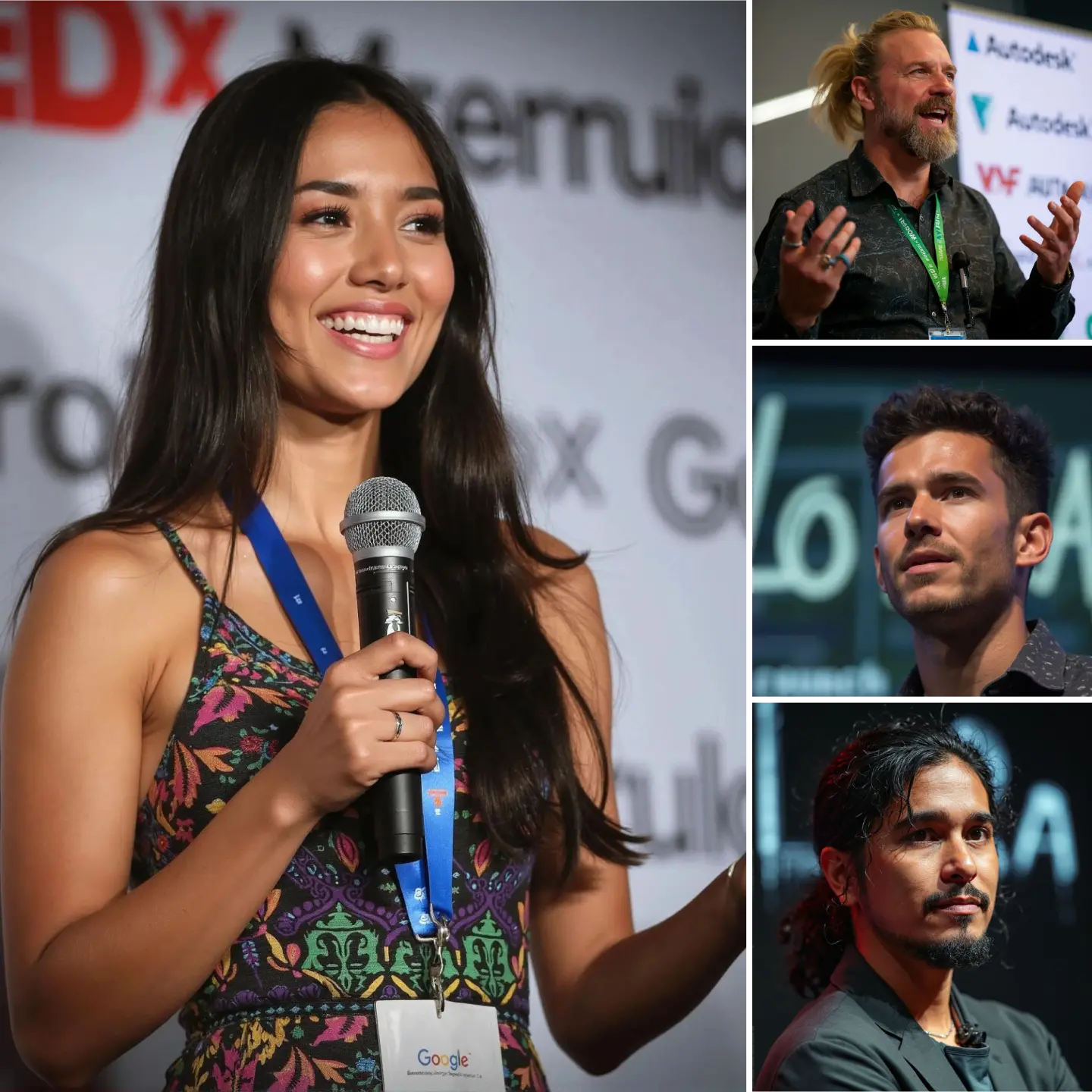ComfyUI Node: MS kosmos-2 Interrogator
MS kosmos-2 Interrogator
CategoryHangover
Hangover3832 (Account age: 894days) Extension
ComfyUI-Hangover-Nodes Latest Updated
2024-06-14 Github Stars
0.04K
How to Install ComfyUI-Hangover-Nodes
Install this extension via the ComfyUI Manager by searching for ComfyUI-Hangover-Nodes- 1. Click the Manager button in the main menu
- 2. Select Custom Nodes Manager button
- 3. Enter ComfyUI-Hangover-Nodes in the search bar
Visit ComfyUI Online for ready-to-use ComfyUI environment
- Free trial available
- 16GB VRAM to 80GB VRAM GPU machines
- 400+ preloaded models/nodes
- Freedom to upload custom models/nodes
- 200+ ready-to-run workflows
- 100% private workspace with up to 200GB storage
- Dedicated Support
MS kosmos-2 Interrogator Description
Convert images to text using advanced machine learning models for AI artists to add narrative context and enhance visual storytelling.
MS kosmos-2 Interrogator:
The MS kosmos-2 Interrogator is a powerful tool designed to convert images into descriptive text using Microsoft's kosmos-2 image-to-text transformer. This node leverages advanced machine learning models to analyze images and generate detailed textual descriptions, making it an invaluable asset for AI artists looking to add narrative context to their visual creations. By utilizing this node, you can automatically generate captions, identify entities within images, and create masks that highlight specific areas of interest. This functionality not only enhances the storytelling aspect of your artwork but also aids in organizing and categorizing visual content more effectively.
MS kosmos-2 Interrogator Input Parameters:
image
This parameter accepts an image tensor that you want to analyze. The image is processed to generate descriptive text and identify entities within it. The quality and content of the image directly impact the accuracy and detail of the generated descriptions.
prompt
A string that serves as the initial text prompt for the model. This prompt helps guide the model in generating relevant descriptions. For example, a prompt like "An image of" can be used to start the description. The default value is "An image of".
model
This parameter specifies the model to be used for the interrogation. The available option is "microsoft/kosmos-2-patch14-224". This model is pre-trained and optimized for converting images to text. The default value is "microsoft/kosmos-2-patch14-224".
device
This parameter determines the computational device to be used for processing. Options include "cpu" and "gpu". If a GPU is available, it is recommended to use it for faster processing. The default value is "cpu".
strip_prompt
A boolean parameter that indicates whether the initial prompt should be removed from the generated text. If set to True, the prompt will be stripped from the final output, leaving only the generated description. The default value is True.
MS kosmos-2 Interrogator Output Parameters:
description
This output provides a detailed textual description of the input image. It captures the essence and key elements of the image, offering a narrative that can be used for various purposes such as captions, annotations, or storytelling.
keywords
This output lists the key entities identified within the image. These keywords can help in categorizing and indexing the image based on its content, making it easier to search and organize.
mask
The mask output is a tensor that highlights specific areas of interest within the image. It is useful for tasks that require focusing on particular regions, such as object detection, segmentation, or inpainting.
MS kosmos-2 Interrogator Usage Tips:
- Ensure your images are of high quality and clear to get the most accurate and detailed descriptions.
- Use specific and relevant prompts to guide the model in generating more contextually appropriate descriptions.
- Utilize the GPU option if available to speed up the processing time, especially for larger batches of images.
- Experiment with the strip_prompt parameter to see if including or excluding the initial prompt improves the clarity of the generated text.
MS kosmos-2 Interrogator Common Errors and Solutions:
"kosmos2: loading model {model_path}, please stand by...."
- Explanation: This message indicates that the model is being loaded, which can take some time.
- Solution: Be patient and wait for the model to load. Ensure that your device has enough memory and computational resources.
"KeyError: {model_path} not found"
- Explanation: This error occurs when the specified model path is not found in the local directory.
- Solution: Verify that the model path is correct and that the model files are properly downloaded. If the model is not available locally, ensure you have internet access to download it from the Hugging Face hub.
"CUDA out of memory"
- Explanation: This error occurs when the GPU runs out of memory while processing the image.
- Solution: Reduce the batch size or image resolution, or switch to CPU processing if GPU memory is insufficient.
"Invalid image tensor"
- Explanation: This error occurs when the input image tensor is not in the expected format.
- Solution: Ensure that the image tensor is correctly formatted and preprocessed before passing it to the node. Check the dimensions and data type of the tensor.
MS kosmos-2 Interrogator Related Nodes
RunComfy is the premier ComfyUI platform, offering ComfyUI online environment and services, along with ComfyUI workflows featuring stunning visuals. RunComfy also provides AI Playground, enabling artists to harness the latest AI tools to create incredible art.



